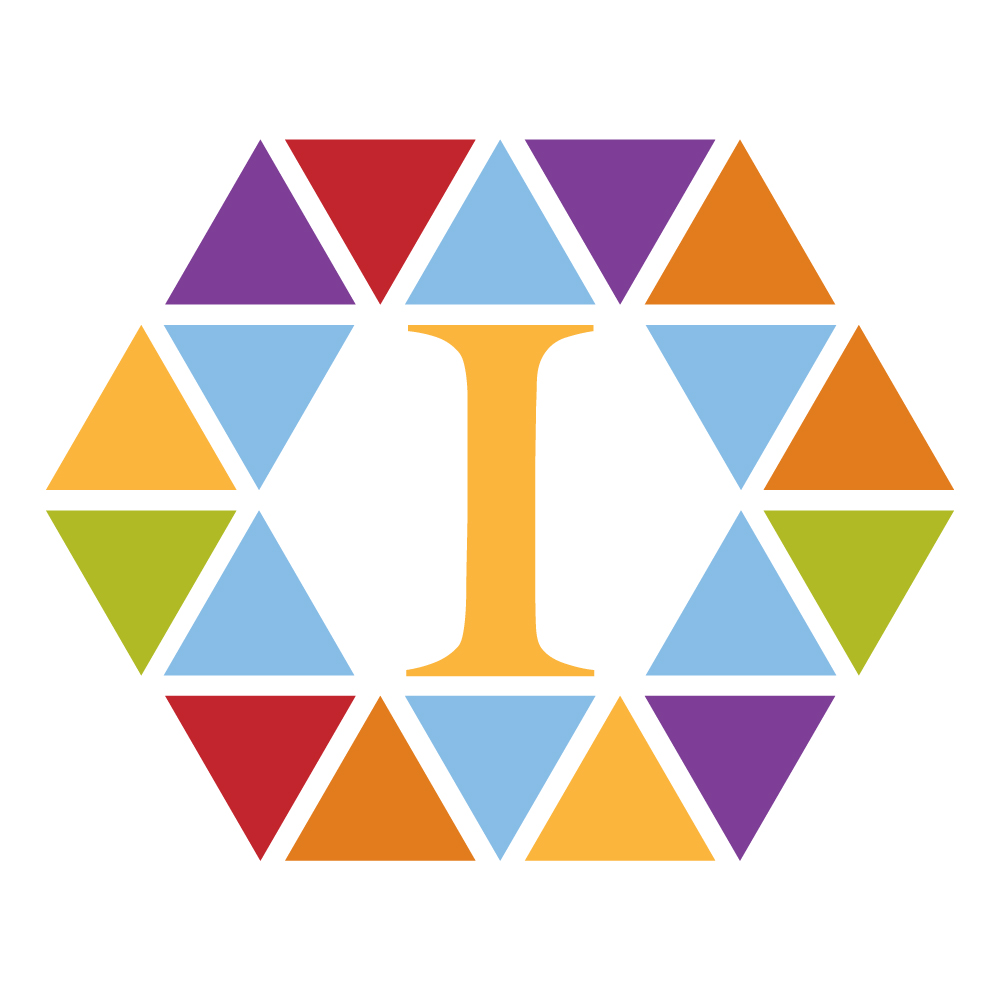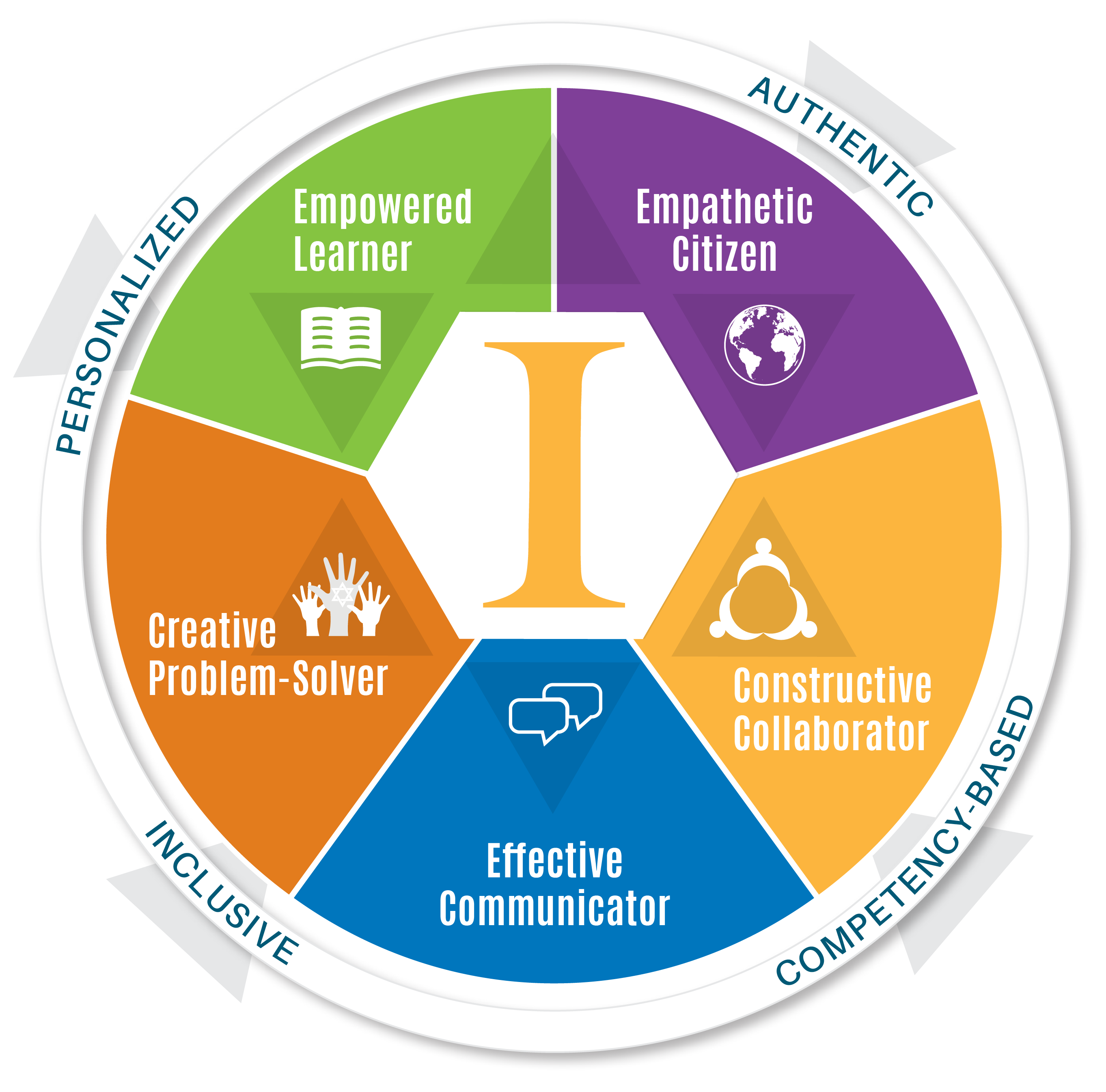“When we focus on learners—connecting to their interests, needs, and goals—we can create experiences that ignite curiosity, develop passion, and unleash genius.”-Katie Martin (Learner-Center Collaborative)
At the Innovative School of Temple Beth Sholom, our students engage in “Deep Studies” throughout the year. These studies are projects that provide opportunities for learners to actively navigate real-world challenges and promote creativity. At the beginning of each study, essential questions and big ideas are co-constructed by both the educators and learners. In particular, our elementary classes are most immersed in their Deep Studies.
Kindergarten
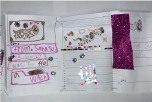
As our kindergarteners expand their knowledge from their study of self to the world around them, they have begun to work in our school garden. They are studying plants that appeal to the senses: sound, sight, taste, smell and touch. The kindergarten class is focusing on Florida’s native plants–some of which attract beneficial insects. Additionally, our learners observe each plants’ unique traits, such as shapes, sizes, colors and textures. Lastly, our kindergarteners are exploring the interconnectivity of the natural world and discussing how that relates to the theme of “community”. This is part of our school wide entry for the Fairchild Challenge, an award- winning environmental science competition based in South Florida.
First Grade
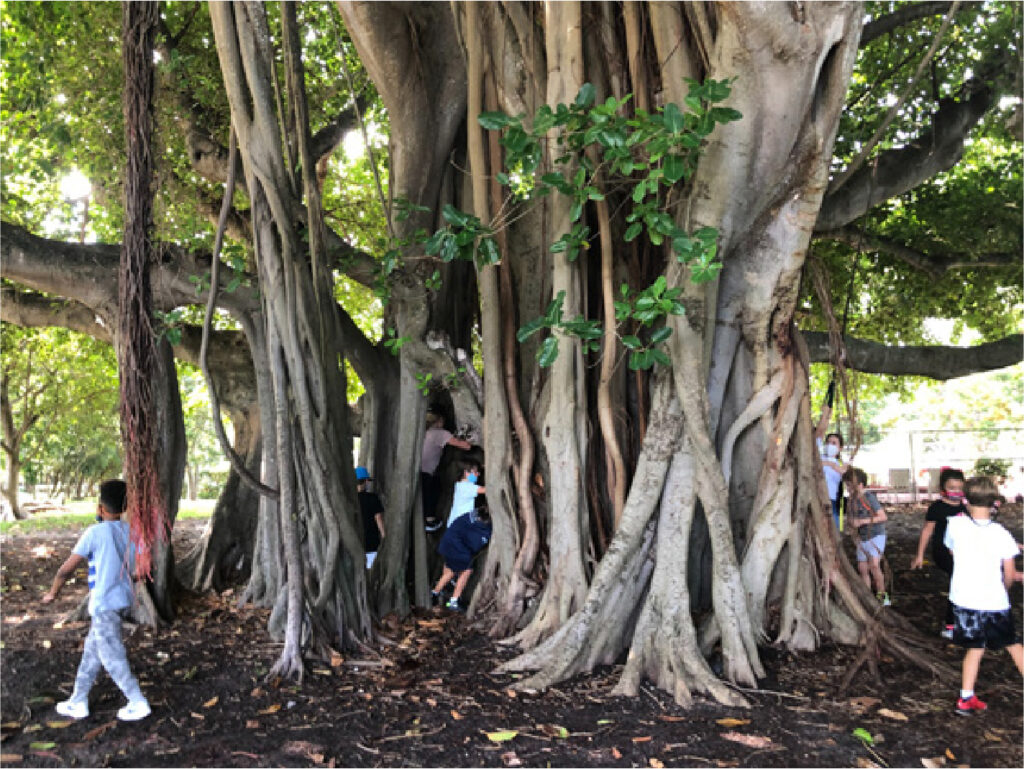
In the first grade class, our learners are studying the bedrock that is the foundation of their school’s neighborhood, Miami Beach. During this study, our learners went on a field trip to Pine Tree Park to collect nd document what type of plants could be found. They exercised their mapping skills by depicting the route to the park and noticed the local businesses in their community. Afterwards, the class discussed what kinds of things people need, and how businesses in the community provide those necessities. Learners got up close and personal by visiting a local pizzeria and learning how to make pizza, sharing in the experience of providing food to the people in the community. As the first grade class discussed the differences between desires and necessities, they realized they have a lot to be grateful for. They learned about a school in Guatemala, where the students do not have any books to read. In response, our learners demonstrated empathy by hosting a bake sale, raising money to buy books for that school. With the proceeds, the class trekked to Barnes and Nobles to pick out Spanish-language children’sbookstosendto the students in Guatemala! Each of our learners also wrote a letter to the students in Guatemala that accompanied the book they sent.
Second Grade

In the second grade class, the learners are studying the various ecosystems of Florida. The goal of this study is for the learners to connect and empathize with how Florida’s habitats affect its people
and animals. The Everglades is the perfect place to explore and learn about since it is so close to our learners’ homes. The second grade class researched the Everglades by exploring what they knew about habitats and ecosystems and formulated questions about what they would like to know. Learners engaged in multi-sensory learning. They went on a field trip to the Florida International University, where they learned about the marine life that is housed and protected by coastal mangroves. The second graders continued their investigation of ecosystems by creating their own biomes. Following which, the learners had the opportunity to go on an airboat ride through the Everglades. They were able to observe the different ecosystems as well as the animals and plants that live within them. All of these experiences are aimed to create meaningful memories for the learners that they will never forget.
Third and Fourth Grade
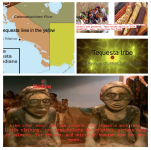
In the third and fourth grade class, our learners studied the history of Florida’s influential figures and cultures. They navigated this study through encountering materials, which provided an opportunity for the class to contrast narratives and tensions within the topic. By understanding Florida’s original migration patterns and counterpointing them with current ones–as well as studying the evolving institutions of governance in our state–our students feel involved in who they are in the cultures, customs, and organizations that make up our state of Florida. Learners are also asking very honest questions: what is the essence of compassion and empathy? How and why does it manifest in our lives? The children explored these inquiries by engaging in a democratic process developed by Harvard University’s Right Question Institute. By focusing on the artifacts from the tribes of the Miccosukees, Seminoles, Tequestas, and the Paleo Native Americans, the class researched what these tribes endured and how they impacted Florida’s history. They ended this study by visiting the Miccosukee tribe in the Everglades, where they delved deeper into the importance of taking care of our land which will ultimately lead to their next study on weather and climate change.
Stacy Penson
